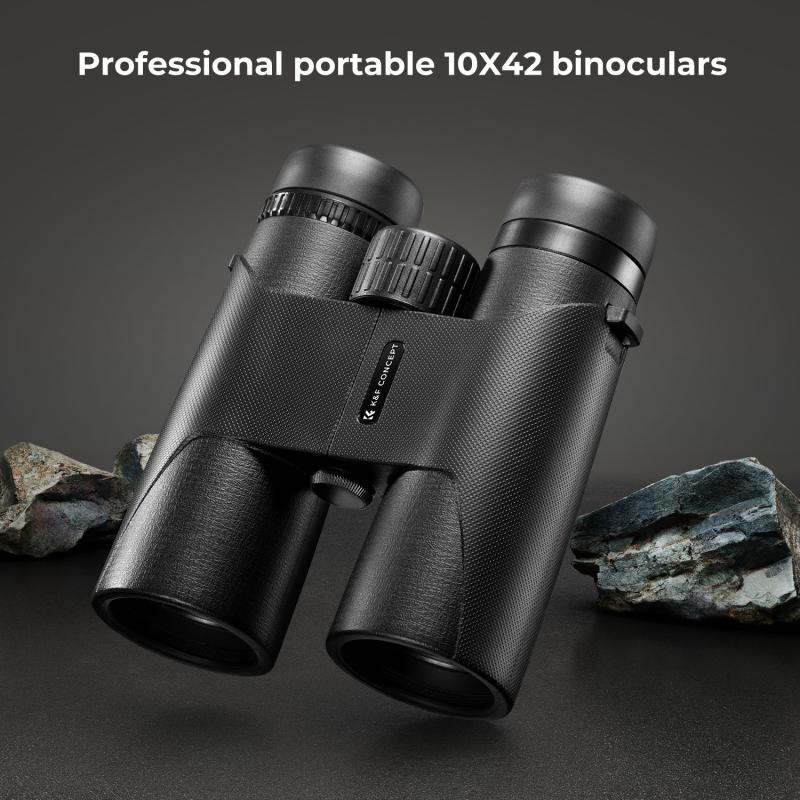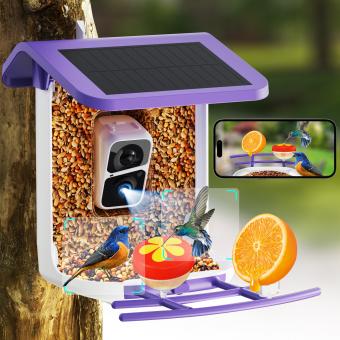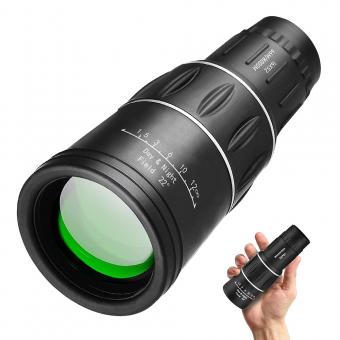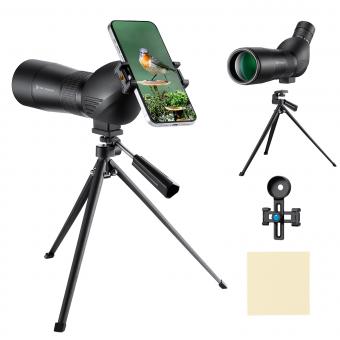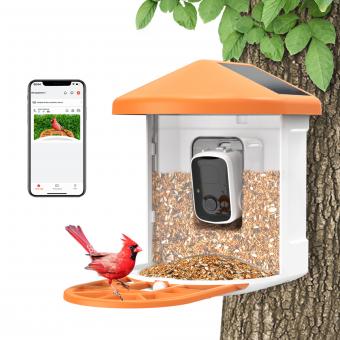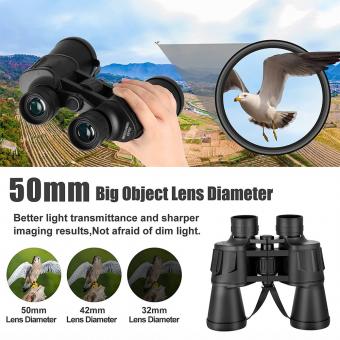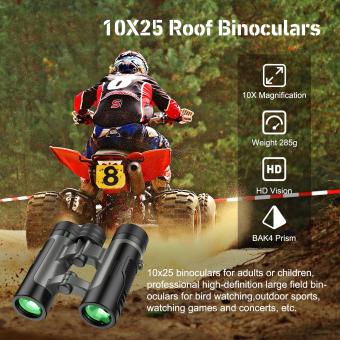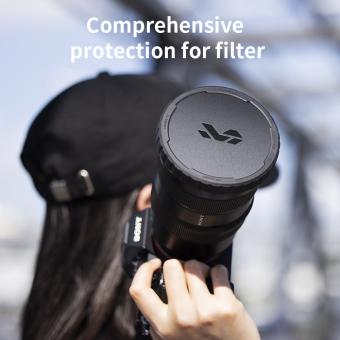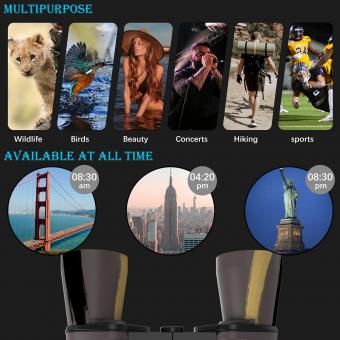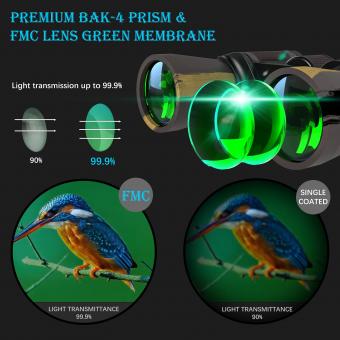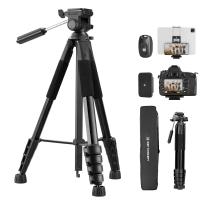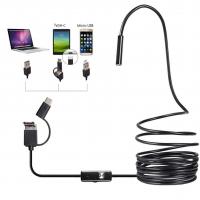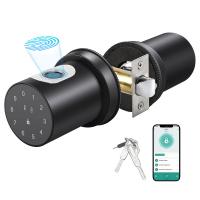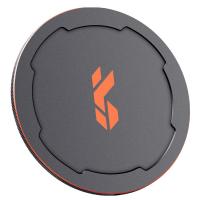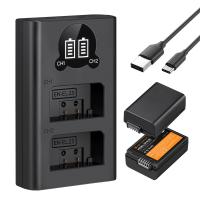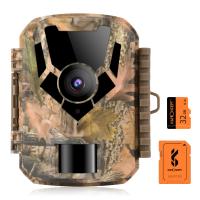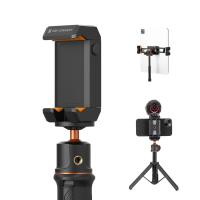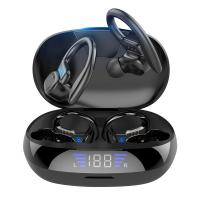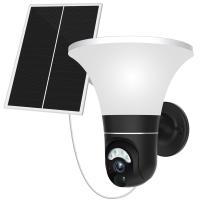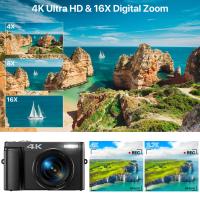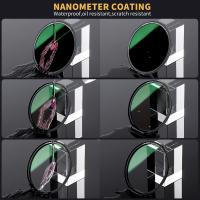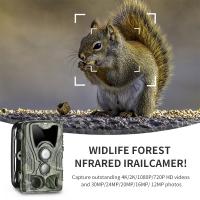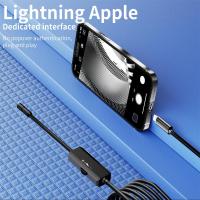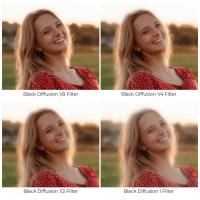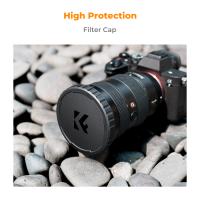What Are The Best Binoculars For Bird Watching ?
Some popular binoculars for bird watching include the Nikon Monarch 7, Zeiss Terra ED, Vortex Diamondback, and Swarovski EL. These models are known for their high-quality optics, durability, and comfortable handling, making them suitable for bird watching enthusiasts. Ultimately, the best binoculars for bird watching will depend on individual preferences and budget.
1、 Optical Power and Magnification
When it comes to bird watching, having a good pair of binoculars is essential for getting a clear and detailed view of the birds in their natural habitat. The best binoculars for bird watching are those that offer a combination of optical power and magnification.
Optical power refers to the quality of the lenses and prisms used in the binoculars. High-quality lenses and prisms ensure that the image you see through the binoculars is sharp, bright, and true to color. Look for binoculars with multi-coated lenses, as they reduce glare and improve light transmission, resulting in a clearer image.
Magnification is another important factor to consider. For bird watching, a magnification of 8x to 10x is generally recommended. Higher magnification may seem appealing, but it can make it difficult to keep the image steady, especially when observing birds in motion. Additionally, higher magnification binoculars tend to have a narrower field of view, making it harder to locate and track birds.
In terms of the latest point of view, there have been advancements in binocular technology that enhance the bird watching experience. Some binoculars now come with image stabilization technology, which compensates for hand movements and provides a steadier image. This can be particularly useful when observing birds from a distance or in challenging conditions.
Ultimately, the best binoculars for bird watching will depend on personal preferences and budget. It is recommended to try out different models and brands to find the one that feels comfortable in your hands and provides a clear and immersive bird watching experience.
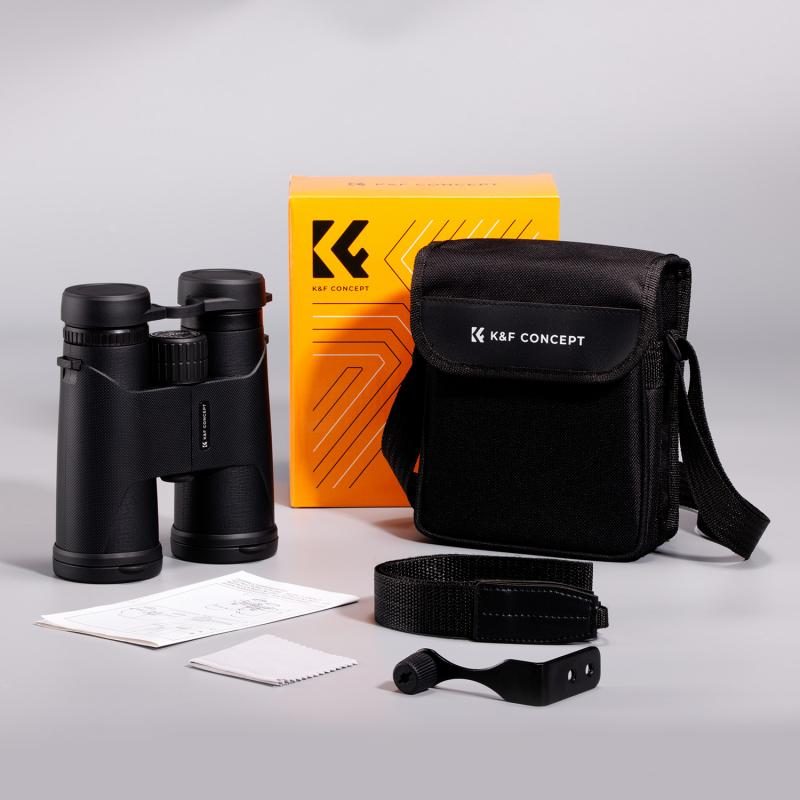
2、 Lens Diameter and Light Gathering Capability
When it comes to bird watching, having a good pair of binoculars is essential for getting a clear and detailed view of the birds in their natural habitat. One of the key factors to consider when choosing binoculars for bird watching is the lens diameter and light gathering capability.
The lens diameter refers to the size of the objective lens, which is the lens at the front of the binoculars. A larger lens diameter allows more light to enter the binoculars, resulting in a brighter and clearer image. For bird watching, a lens diameter of around 42mm is generally recommended. This size strikes a good balance between portability and light gathering capability.
Light gathering capability is crucial for bird watching, especially in low-light conditions such as early morning or late evening. Birds are often most active during these times, and having binoculars with good light gathering capability can make a significant difference in spotting and identifying birds. Binoculars with high-quality lenses and coatings can enhance light transmission, resulting in brighter and sharper images.
It is worth noting that advancements in lens technology have led to the development of binoculars with even better light gathering capability. Some manufacturers now offer binoculars with larger lens diameters, such as 50mm or even 56mm, which can provide even brighter images in low-light conditions. However, it is important to consider the trade-off in terms of weight and size, as larger lenses can make the binoculars bulkier and less portable.
In conclusion, when choosing binoculars for bird watching, it is important to consider the lens diameter and light gathering capability. A lens diameter of around 42mm is generally recommended for a good balance between portability and light gathering capability. However, advancements in lens technology have led to the availability of binoculars with larger lens diameters, providing even better light gathering capability. Ultimately, the choice depends on personal preferences and specific bird watching needs.
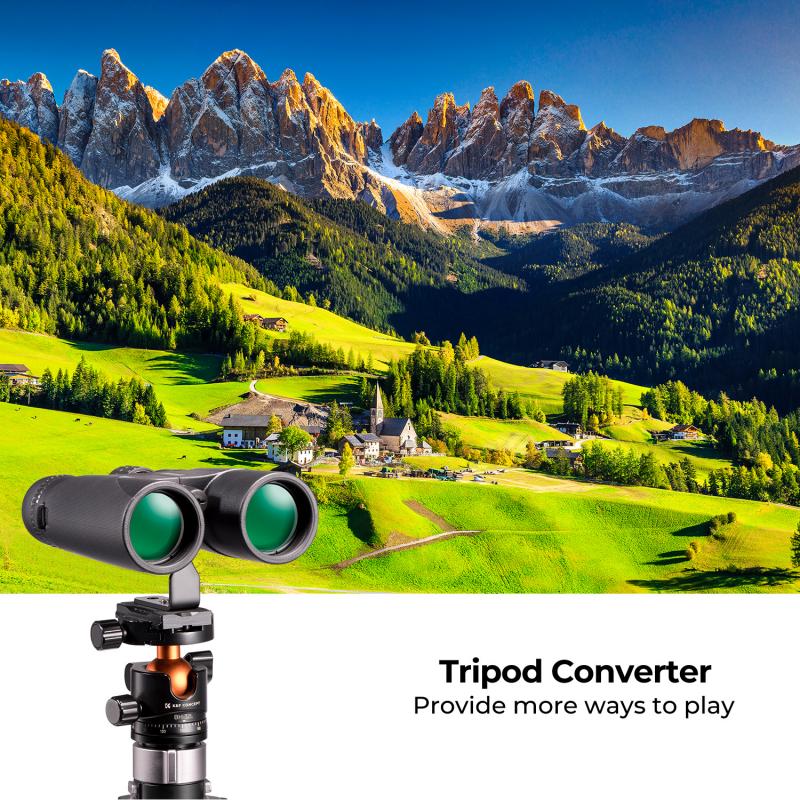
3、 Field of View and Close Focus Distance
When it comes to bird watching, having a pair of binoculars with a wide field of view and a close focus distance is essential. These features allow bird watchers to observe birds in their natural habitats with clarity and precision.
Field of view refers to the width of the area that can be seen through the binoculars at a specific distance. A wider field of view enables bird watchers to easily locate and track birds as they move quickly across the sky or through dense foliage. A field of view of at least 6.5 degrees or more is recommended for bird watching.
Close focus distance is another important factor to consider. This refers to how close the binoculars can focus on an object. For bird watchers, a close focus distance of around 6-8 feet is ideal, as it allows for detailed observation of birds at close range, such as when they are perched on branches or feeding.
In terms of the best binoculars for bird watching, there are several top contenders in the market. The Swarovski EL 8.5x42 and the Zeiss Victory SF 8x42 are often regarded as some of the best options available. These binoculars offer a wide field of view, excellent image quality, and a close focus distance that meets the requirements of bird watchers.
However, it is important to note that the "best" binoculars for bird watching can vary depending on individual preferences and budget. It is recommended to try out different models and brands to find the one that suits your needs and provides a comfortable viewing experience.
In conclusion, when choosing binoculars for bird watching, prioritize a wide field of view and a close focus distance. These features will enhance your bird watching experience by allowing you to observe birds in their natural habitats with clarity and precision.
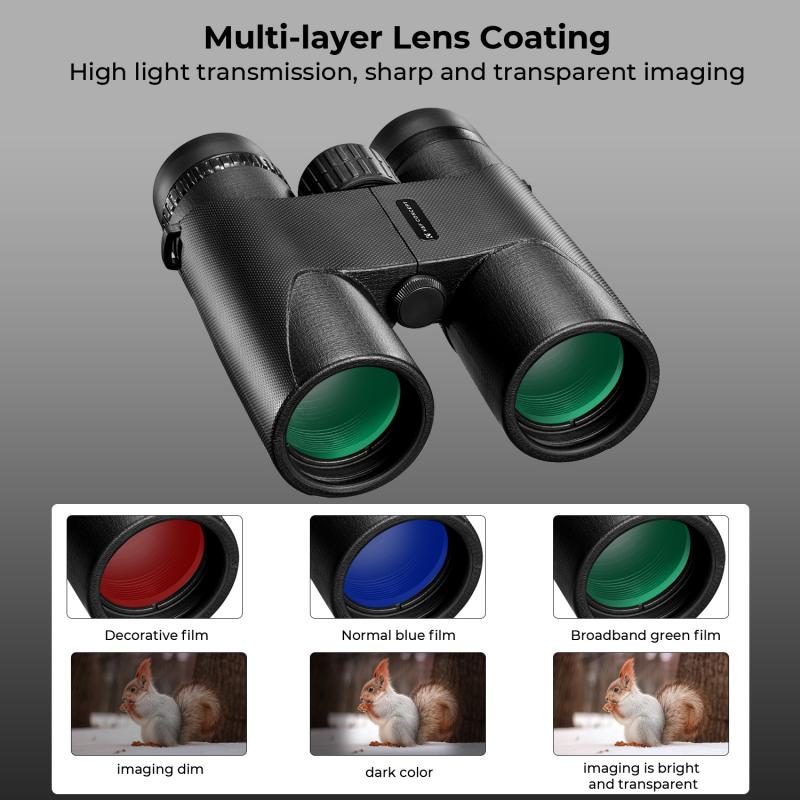
4、 Image Quality and Clarity
When it comes to bird watching, having the best binoculars can greatly enhance your experience. One of the most important factors to consider is image quality and clarity.
To truly appreciate the beauty of birds in their natural habitat, you need binoculars that provide sharp, clear, and detailed images. The image quality is determined by factors such as the lens quality, magnification power, and lens coatings.
In recent years, there have been significant advancements in binocular technology, resulting in improved image quality. Many manufacturers now offer binoculars with high-quality lenses that provide excellent color reproduction and sharpness. These lenses are often made from extra-low dispersion (ED) glass, which helps to minimize chromatic aberration and produce clearer images.
Lens coatings also play a crucial role in image clarity. Anti-reflective coatings, such as fully multi-coated or phase-corrected coatings, reduce glare and improve light transmission, resulting in brighter and more vibrant images. Some binoculars also feature hydrophobic coatings that repel water, making them ideal for bird watching in wet conditions.
Additionally, the magnification power of the binoculars is an important consideration. For bird watching, a magnification of 8x to 10x is generally recommended. Higher magnifications may result in a narrower field of view and increased image shake, making it harder to track fast-moving birds.
In conclusion, when looking for the best binoculars for bird watching, prioritize image quality and clarity. Look for binoculars with high-quality lenses, advanced lens coatings, and an appropriate magnification power. It's also worth considering the latest advancements in binocular technology to ensure you get the best viewing experience possible.
